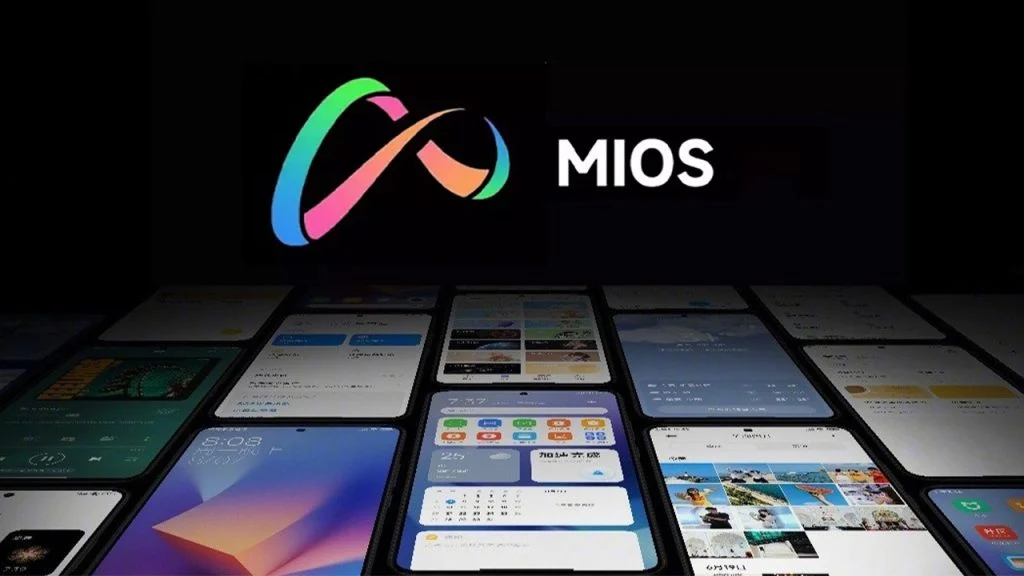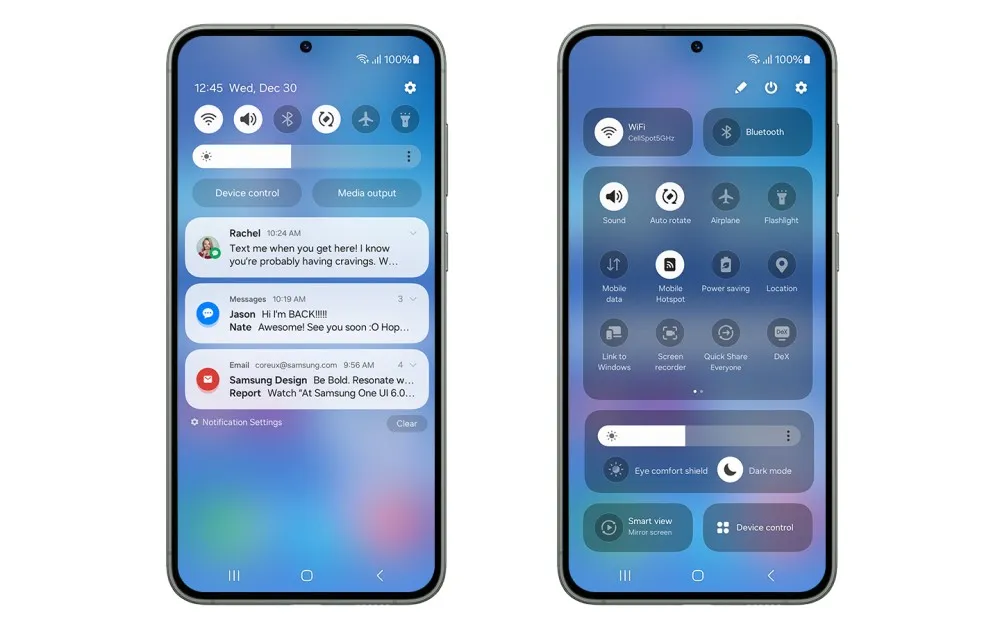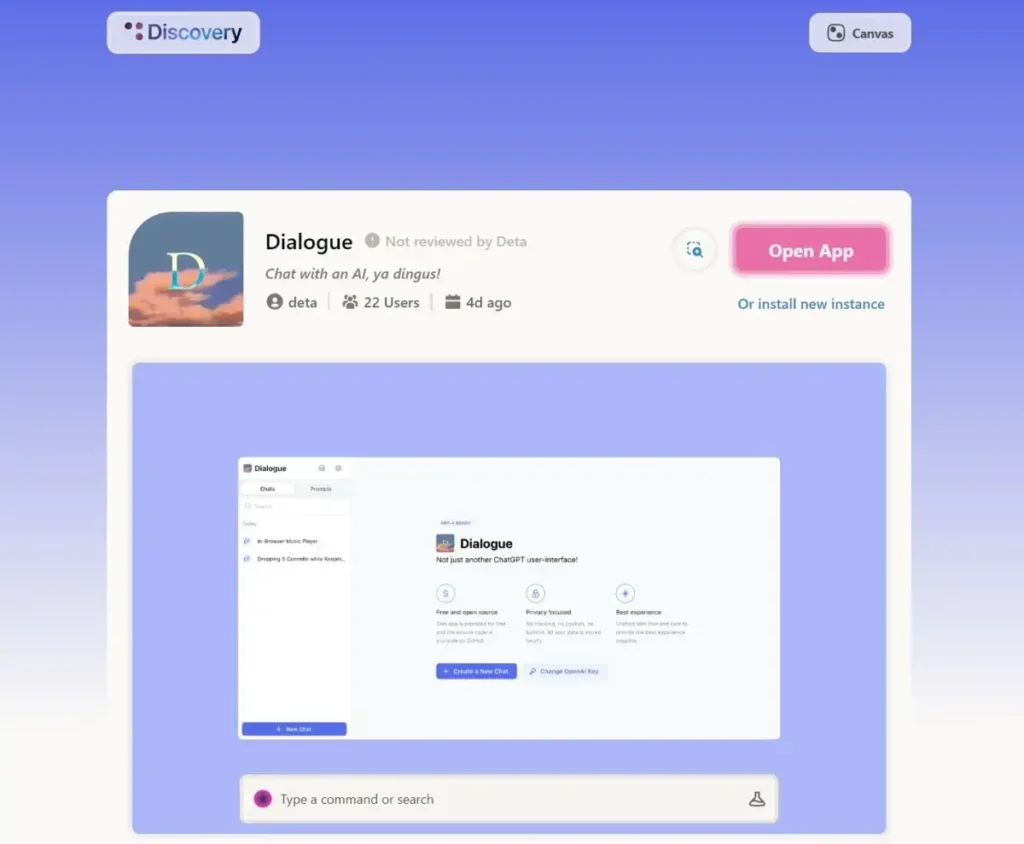In a realm incessantly propelled by innovation, maintaining a competitive edge necessitates not merely keeping pace with evolution but oftentimes, spearheading it. Xiaomi, a distinguished luminary in the smartphone universe, is envisaged to be at the cusp of a monumental transition in its Android-based UI system. The pivot from the much-celebrated MIUI to a nascent operating system, MiOS, is speculated to be the company’s resolute stride towards encapsulating the new technological wave ushered in by Android 14.
The Curtain Call for MIUI
The discourse on Xiaomi’s software transition emerged from reliable industry conduits, hinting at a forthcoming farewell to MIUI with its 14th iteration. The MIUI, an acronym for Mi User Interface, has been the hallmark of Xiaomi’s Android interface since its inception, melding a user-centric design with a wide gamut of features. Its departure is seen as a bid adieu to an era embellished with iconic features and innovations1.
The Dawn of MiOS
The inception of murmurs regarding the transition was further fueled by a revelation from a credible tipster, Digital Chat Station, who unveiled Xiaomi’s possible plan to eschew the anticipated MIUI 15 in favor of launching a brand-new operating system, MiOS. The postulation extends to MiOS being a completely fresh construct, engineered from the ground up, with compatibility across a spectrum of devices including smartphones, tablets, and wearable technology2.
An Augury of Enhanced User Experience
MiOS is envisioned to be a highly-customized, self-developed operating system, signaling Xiaomi’s unwavering commitment to innovation and an enhanced user experience. This new ecosystem is anticipated to usher in a more streamlined and intuitive interface, optimized for superior performance, thereby promising a smoother user interaction. The development of MiOS also aligns with Xiaomi’s objective to diminish reliance on third-party software providers, thereby exuding greater control over the software ecosystem of their devices and offering a more cohesive user experience3.
The conjecture surrounding Xiaomi’s software evolution reflects a broader industry trend towards embracing the perpetual technological advancement. Although the official release date for MiOS remains under wraps, the tech community and Xiaomi aficionados are on tenterhooks, awaiting further elucidation from the company regarding the features and capabilities of MiOS.
The contrasting narratives around the release of MIUI 15 add a layer of complexity to the scenario, leaving the tech savants and Xiaomi’s clientele in anticipation of official communication from Xiaomi to dispel the clouds of uncertainty4.
Sources:


